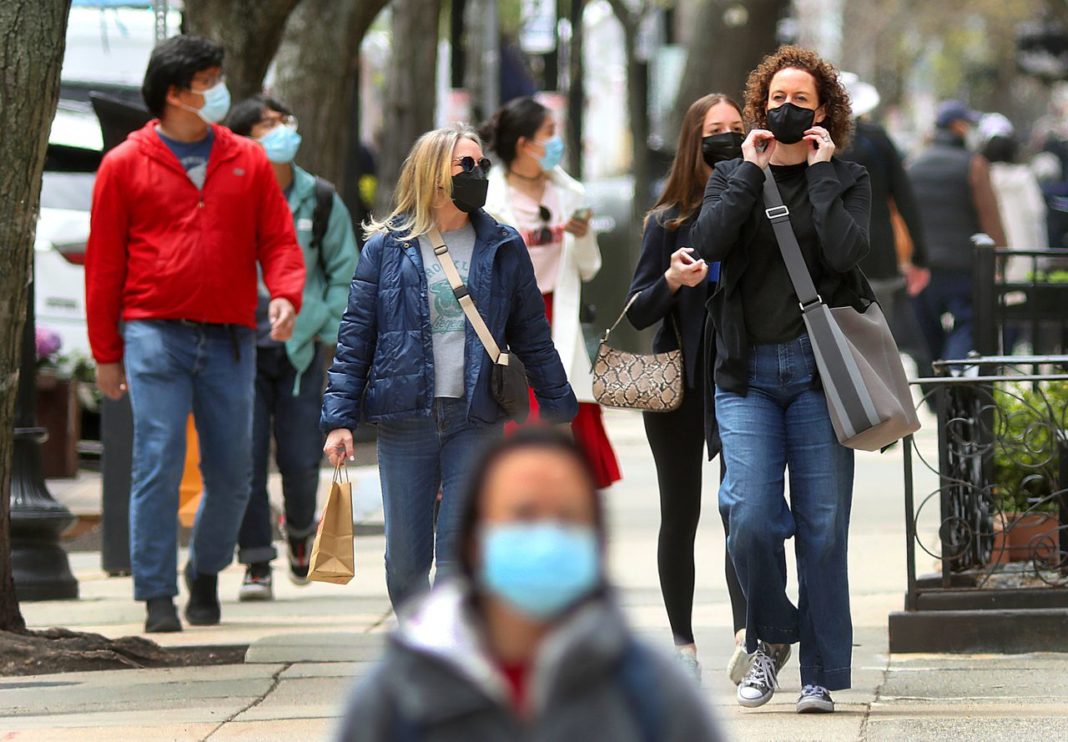The decrease in cases due to the omicron variant will be faster than in the previous spikes in infections, so that at the beginning of February the incidence could fall from 3000 to around 300.
The sixth wave of coronavirus continues to rise and pulverize all previous records during the pandemic, with the latest omicron variant currently responsible for this massive contagion.
However, the trend of positive cases, which began to rise before the Christmas holidays, will peak between the middle and the end of next week. This is forecast by the models handled by analyst and mathematician, Santiago García Cremades, from Elche’s Miguel Hernández University.
“The infections continue to rise, but the rate of rise seems to be slowing down,” says García Cremades.
He also says that the downward trend of the wave in the Valencian Community, will be similar to the models and the experiences seen of other countries, such as England and South Africa, where the majority omicron variant is now dropping quickly and fairly dramatically.

If these forecasts are correct “at the end of January we will be left with only a moderate pandemic situation and, at the beginning of February, the incidence could be around 300 cases per 100,000 inhabitants.
At the moment, both the Valencian Community and the Spanish average exceed an incidence of 3,000 cases, a figure that, in the opinion of the UMH mathematician, may not accurately reflect the true reality of the situation. “There are many people who take home antigen tests and when they test positive they do not notify the Health Department as they spend their isolation at home, so they are not officially counted in the statistics.”
Regarding the situation of hospitals in the Valencian Community, and especially in the Intensive Care Units, the forecast is similar to that produced by the mathematical models for infections. “In a few days the maximum peak will be reached and in two weeks the number of patients could begin to drop.”
In this sense, Cremades maintains that we are facing a wave that is very different from the previous ones, even the third, the wave that saturated the province’s hospitals the most.
Hospital admissions are moderate and equal to those of a year ago, when the wave began to rise. As such, García Cremades believes that we will not reach the numbers of those admitted to the ICU or of deaths that we experienced last year. “We are in a very different wave,” he concludes.
The omicron variant is more contagious than its predecessors but far less serious. This together with the vaccines makes the situation far better, in that members of the public are now able to better resist.
The first cases of omicron were detected in the province in mid-December and a month later the variant is now responsible for the majority of infections caused by the virus. Although milder than other variants, since it mainly affects the upper respiratory tract and not so much the lungs, omicron is much more contagious, up to 70 times more than previous strains. This high transmission, together with the greater social interaction during the Christmas holiday, means that the province is registering contagion figures never seen before, with more than 7,000 cases in a single day.
The positive part is that, despite having such a high circulation of the virus, the hospitals are resisting relatively well and although there are more than 500 people currently hospitalised in the province, we are very far from the 1,850 that we saw at the highest peak of the pandemic during the third wave, just over a year ago. However, these 500 admissions has still caused hospitals to cancel operations, especially those in the afternoon.
But where the health collapse is critical and most felt is in Primary Care. Health centres are not able to carry out so many diagnostic tests or cover for the sick leave taken by workers who become infected. Hence, Health has been taking different measures in recent weeks to try to alleviate this collapse, with the introduction of a new management system for the tracking of the virus





